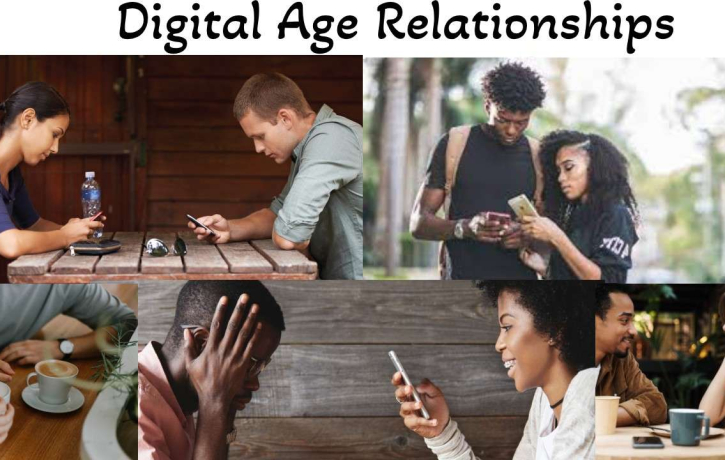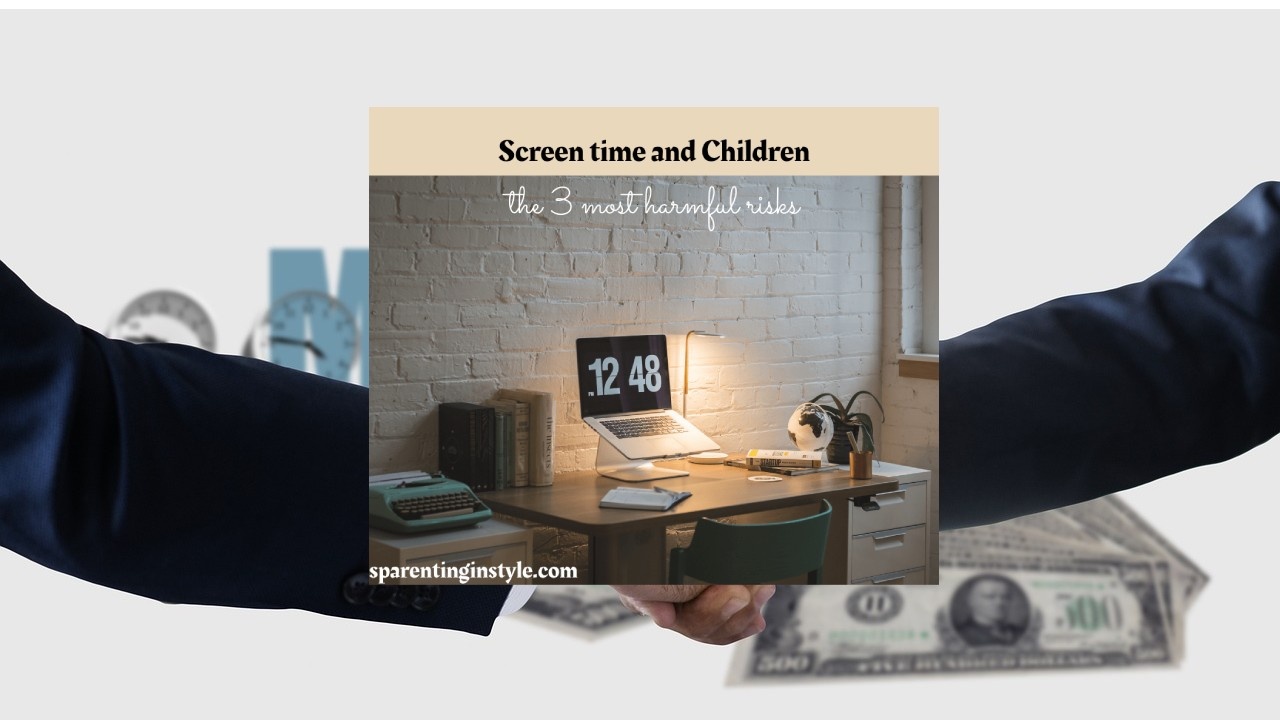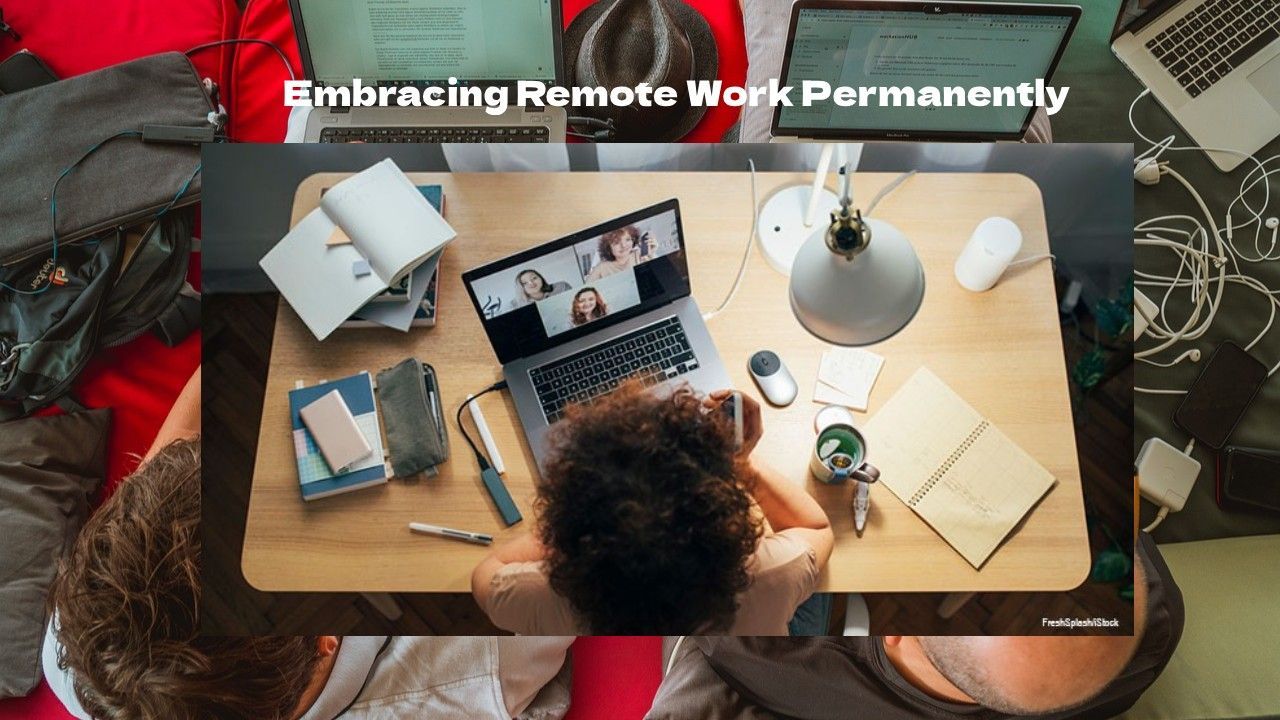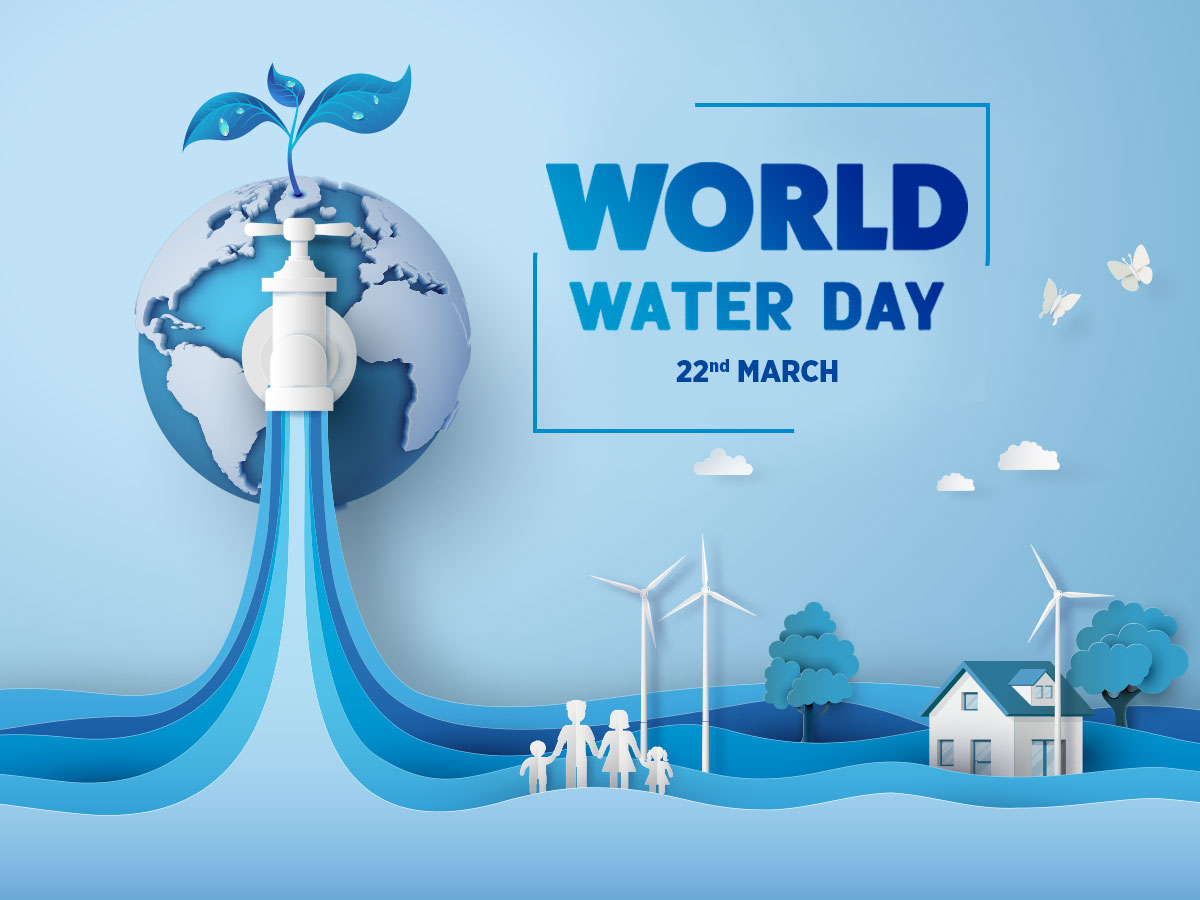The Changing Nature of Relationships in the Digital Age
Digital Age Relationships. In the 21st century, relationships are evolving rapidly due to the profound influence of digital technology. From romantic partnerships to friendships and family dynamics, the way people connect, communicate, and maintain relationships has been transformed by smartphones, social media, messaging apps, and dating platforms. While these advancements have brought people closer across distances, they have also introduced new challenges and complexities.
The Rise of Digital Communication
The most significant shift in modern relationships is the transition from face-to-face interactions to digital communication. Messaging apps like WhatsApp, social networks like Instagram and Facebook, and video platforms like Zoom have made it easier than ever to stay in touch. Long-distance relationships are more viable, families separated by geography can stay connected, and new friendships can form across the globe.
However, the reliance on digital communication can sometimes lead to misunderstandings. Tone and intent can be lost in text messages, and constant connectivity can blur boundaries between personal time and social obligations.
Online Dating and Romance
Dating apps like Tinder, Bumble, Hinge, and others have reshaped the romantic landscape. They provide users with the ability to connect with potential partners based on shared interests, location, and preferences. These platforms offer convenience and expand options far beyond traditional social circles.
Yet, online dating also brings its own set of issues. “Swipe culture” can promote superficiality, and users may face ghosting, catfishing, or mismatched expectations. While many successful relationships have begun online, navigating the digital dating world requires awareness and emotional resilience.
Social Media and Relationship Dynamics
Social media plays a central role in how people present themselves and their relationships. Sharing life milestones, vacation photos, and relationship updates has become the norm. While this can help celebrate connections and stay informed, it can also create pressure to maintain a perfect image.
Additionally, excessive comparison, online jealousy, and boundary violations (such as checking a partner’s messages or location) can strain relationships. Healthy boundaries and mutual trust are essential in managing how couples engage with social platforms.
Friendships in the Digital Era
Friendships have also been impacted by the digital shift. Online gaming, group chats, and social media groups offer spaces to bond over shared interests. For many, online friendships are as meaningful as offline ones.
However, maintaining deep and emotionally fulfilling friendships often requires more than just likes and comments. The speed and brevity of online interactions can make relationships feel surface-level unless intentional effort is made to nurture them.
Family Ties and Technology
Technology allows families to stay connected across time zones and generations. Grandparents can video chat with grandchildren, and family group chats help coordinate daily life and share important updates.
Still, screen time can reduce the quality of in-person family interactions. Children may prefer tablets over conversations, and adults may struggle to disconnect from work emails during family time. Establishing “tech-free” zones or scheduled family time can help preserve meaningful in-person connections.
Digital Etiquette and Emotional Health
Digital Age Relationships. With technology integrated into every relationship, digital etiquette has become increasingly important. Being respectful of response times, seeking consent before sharing photos, and maintaining privacy are key to healthy digital communication.
Equally critical is managing mental health. Social media fatigue, cyberbullying, and the fear of missing out (FOMO) can negatively impact self-esteem and emotional well-being. Open dialogue, digital detoxes, and setting healthy boundaries can help individuals protect their mental health in the digital space.
Conclusion
Digital Age Relationships reflect both the possibilities and the pitfalls of modern technology. While digital tools have made communication more accessible and relationships more flexible, they require new forms of emotional intelligence, boundary-setting, and intentionality. Ultimately, the key to thriving in digital relationships is balancing online interactions with genuine human connection, ensuring that technology enhances, rather than replaces, meaningful relationships.








